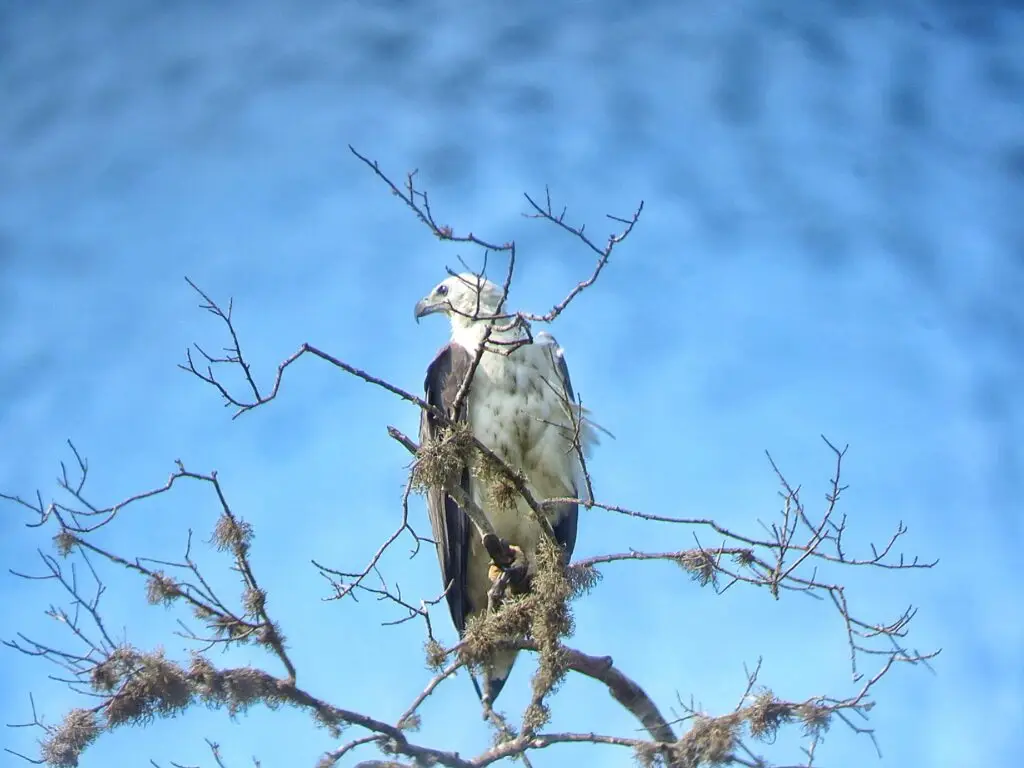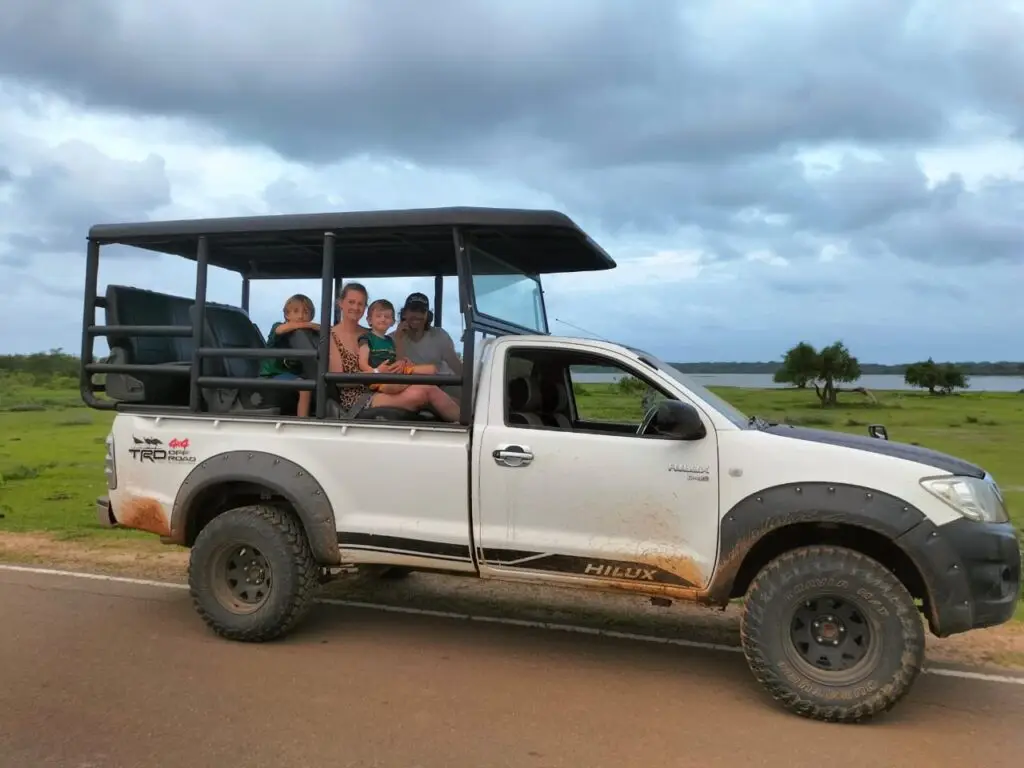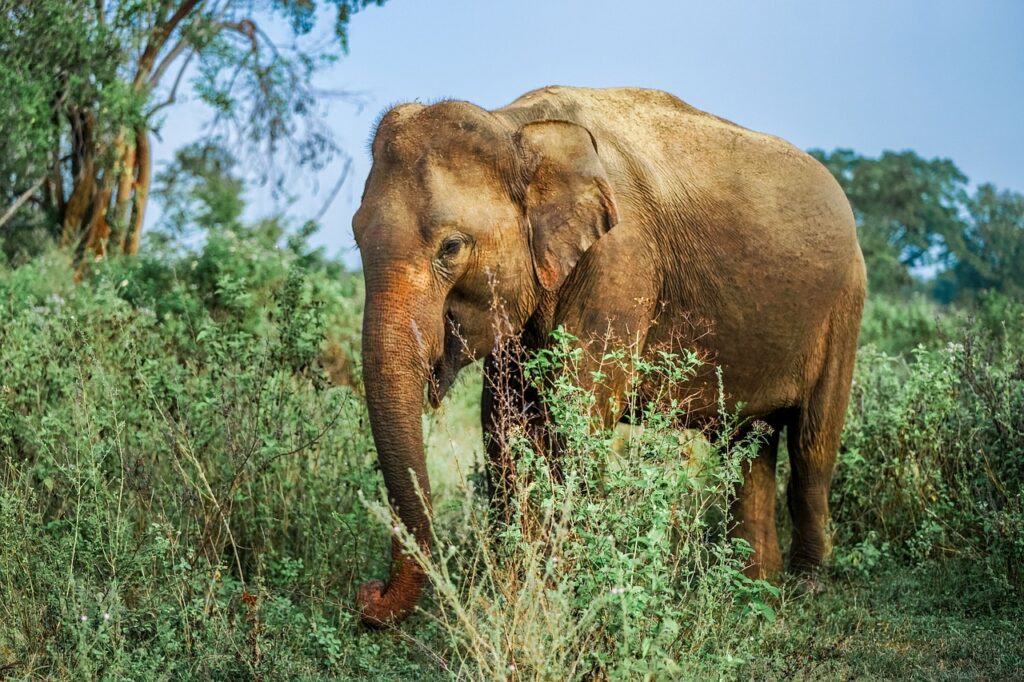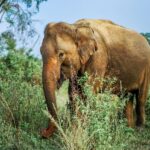Mastering Wildlife Photography
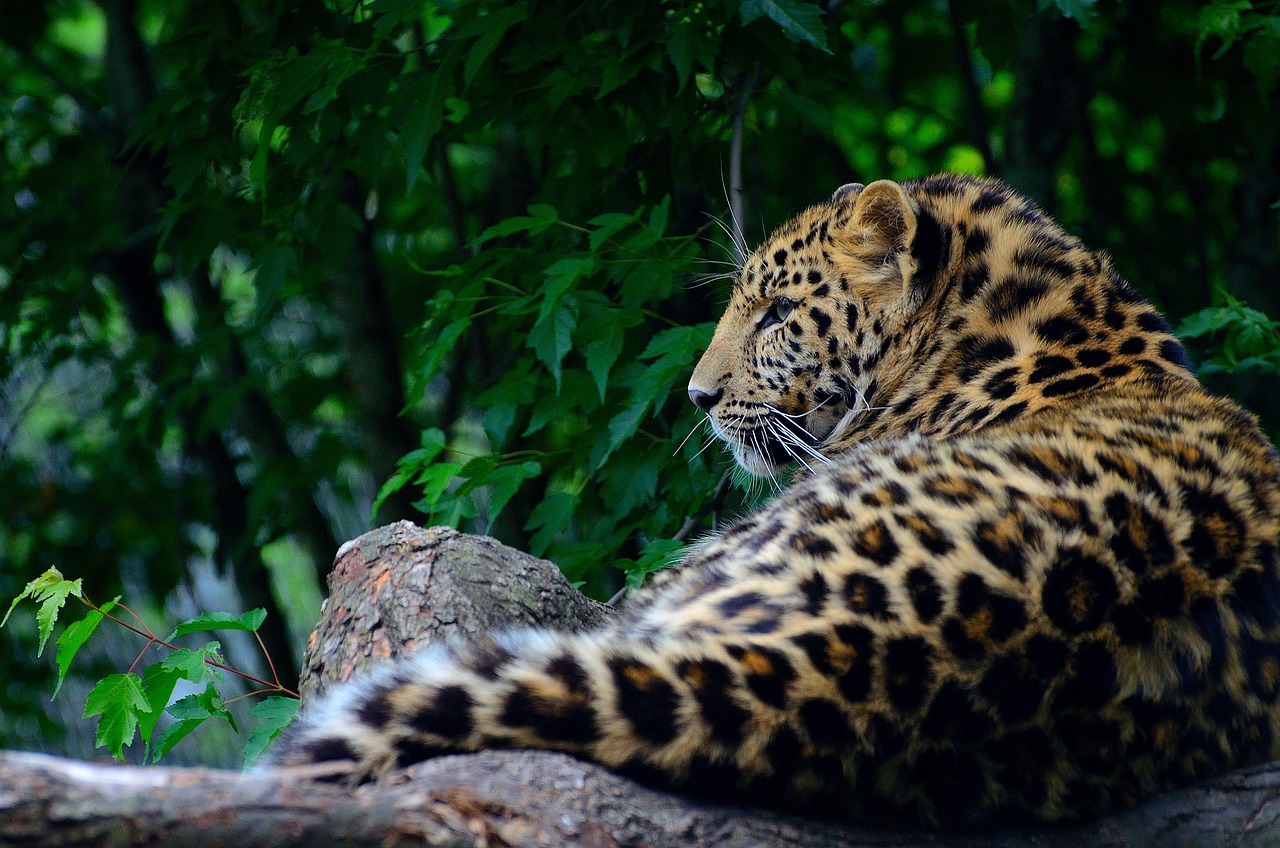
20 Tips for Capturing the Magic of Yala National Park
Yala National Park in Sri Lanka is a photographer’s paradise, boasting an incredible array of wildlife and stunning landscapes. From majestic elephants to elusive leopards and colorful birdlife, there’s no shortage of subjects to capture through your lens. Whether you’re a seasoned photographer or just starting out, these photography tips will help you make the most of your visit to Yala National Park.
1. Research and Plan Your Shots: Before embarking on your photography adventure in Yala, take some time to research the park’s wildlife and habitats. This will help you identify the best locations and times of day for photographing specific species. Planning ahead can significantly increase your chances of capturing that perfect shot.
2. Arrive Early, Stay Late: Wildlife is most active during the early morning and late afternoon hours, so plan to arrive at the park as soon as it opens and stay until closing time. This golden hour provides soft, flattering light that enhances your photos and increases the likelihood of wildlife sightings.
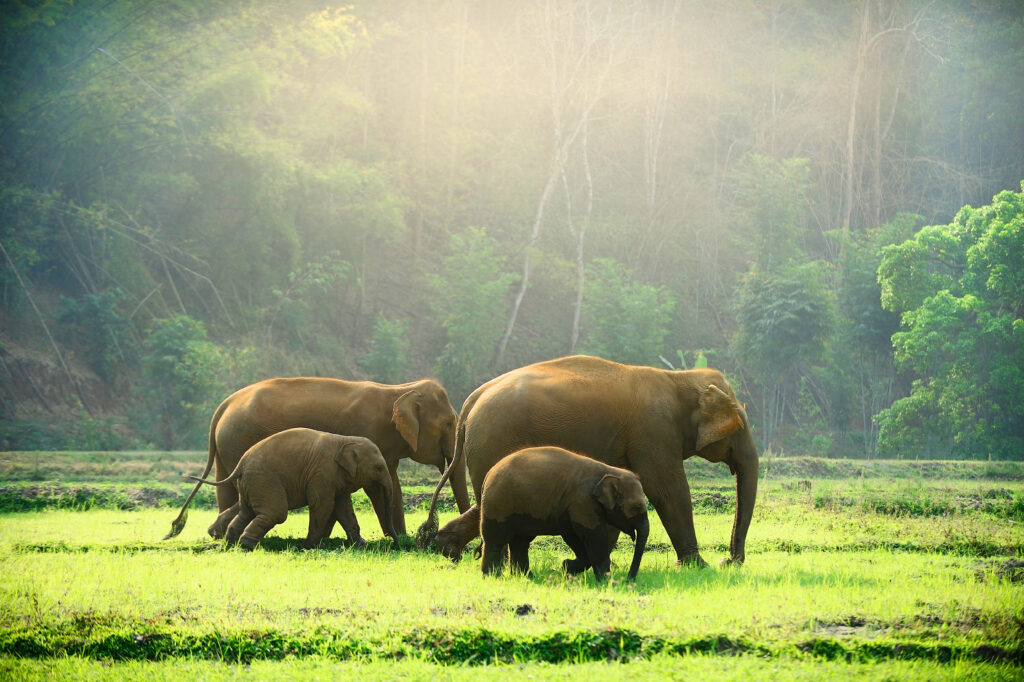
3. Use a Telephoto Lens: Wildlife photography often requires capturing subjects from a distance to avoid disturbing them. A telephoto lens with a long focal length (200mm or more) will allow you to zoom in on animals without getting too close, resulting in more natural and candid shots.
4. Patience is Key: Wildlife photography requires patience and perseverance. Animals don’t always appear on cue, so be prepared to wait quietly for the perfect moment to capture that elusive leopard lounging in a tree or an elephant bathing in a watering hole. Patience pays off in the form of unique and memorable photographs.
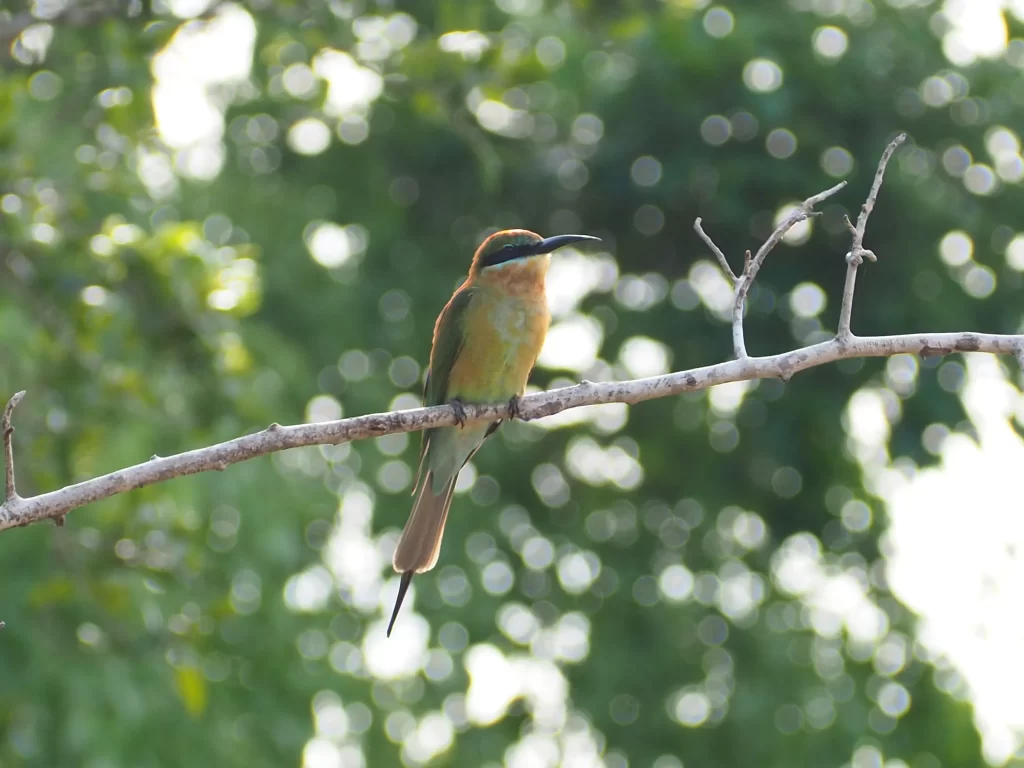
5. Focus on Composition: Pay attention to composition when framing your shots. Use the rule of thirds to create visually appealing images, placing your subject off-center for a more dynamic composition. Experiment with different angles and perspectives to add interest to your photos.
6. Capture Action Shots: Wildlife photography isn’t just about static portraits; it’s also about capturing the dynamic behaviors and interactions of animals. Be ready to snap photos of animals in motion, whether it’s a leopard stalking its prey or a herd of deer crossing a river. Use a fast shutter speed to freeze the action and avoid motion blur.
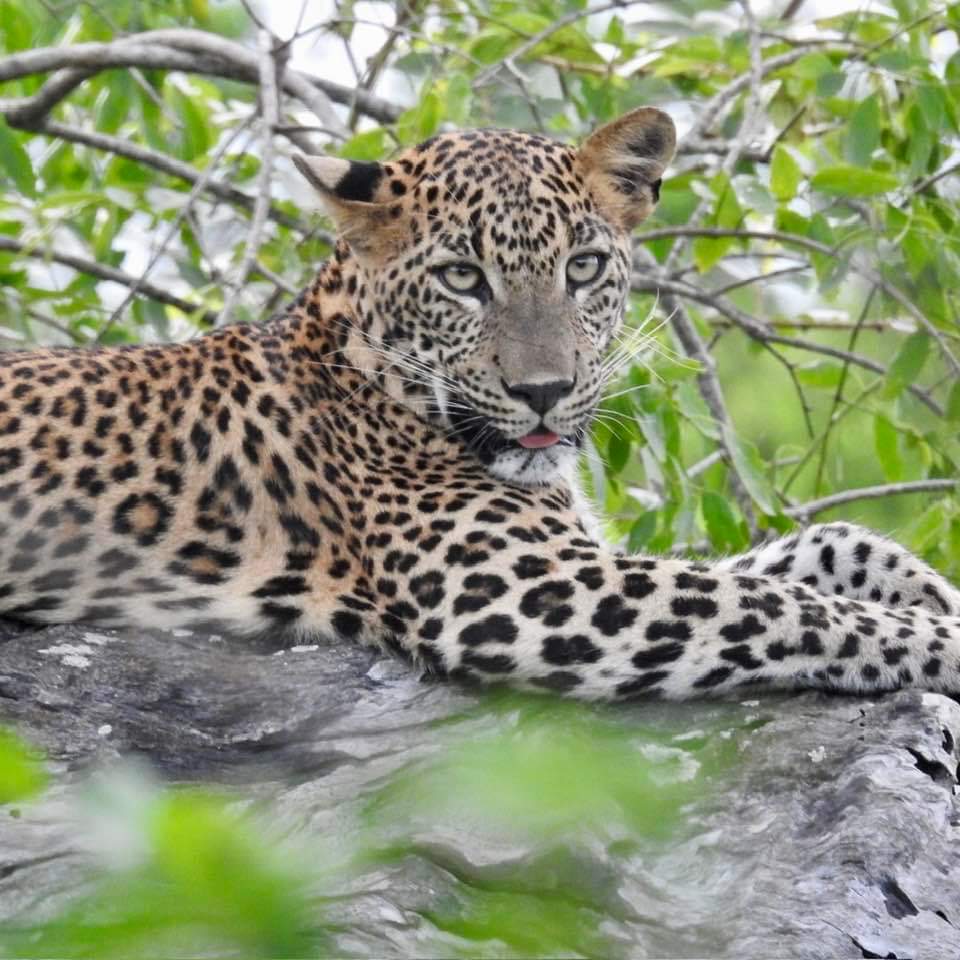
7. Experiment with Depth of Field: Adjusting your camera’s aperture settings allows you to control the depth of field in your photos. A shallow depth of field (low f-stop) can isolate your subject against a blurred background, drawing attention to the animal’s features. Alternatively, a deep depth of field (high f-stop) can keep the entire scene in focus, ideal for capturing sweeping landscapes.
8. Be Respectful of Wildlife: When photographing animals in their natural habitat, always prioritize their well-being and safety. Maintain a respectful distance, avoid making loud noises or sudden movements, and never disrupt their natural behaviors for the sake of a photo. Remember, you’re a guest in their home.
9. Edit Thoughtfully: Post-processing can enhance your photos and bring out their full potential. However, strive for natural-looking edits that maintain the integrity of the scene. Avoid over-editing or excessive manipulation that can detract from the authenticity of your images.
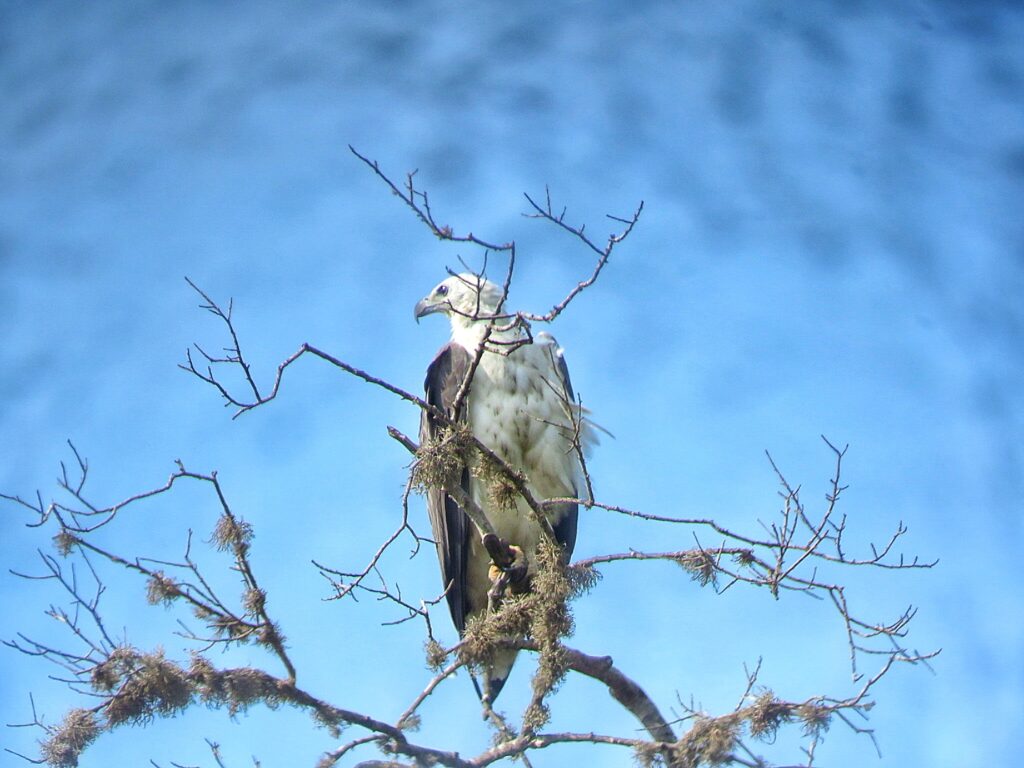
10. Tell a Story: Finally, let your photos tell a story about the beauty and diversity of Yala National Park. Aim to capture moments that evoke emotion and curiosity, transporting viewers to this captivating corner of the world through your photography.
11. Use Natural Framing: Look for natural elements such as trees, foliage, or rocks to frame your subject within the composition. This technique adds depth and context to your photos, drawing the viewer’s eye to the focal point.
12. Capture Intimate Moments: Seek out intimate moments between animals, such as a mother tenderly caring for her young or two animals engaging in a playful interaction. These moments often convey emotion and storytelling potential, resulting in compelling photographs.
13. Experiment with Silhouettes: Take advantage of the golden hour to capture striking silhouettes against the colorful sky. Position yourself so that the animal is backlit by the setting or rising sun, creating a dramatic and atmospheric effect.
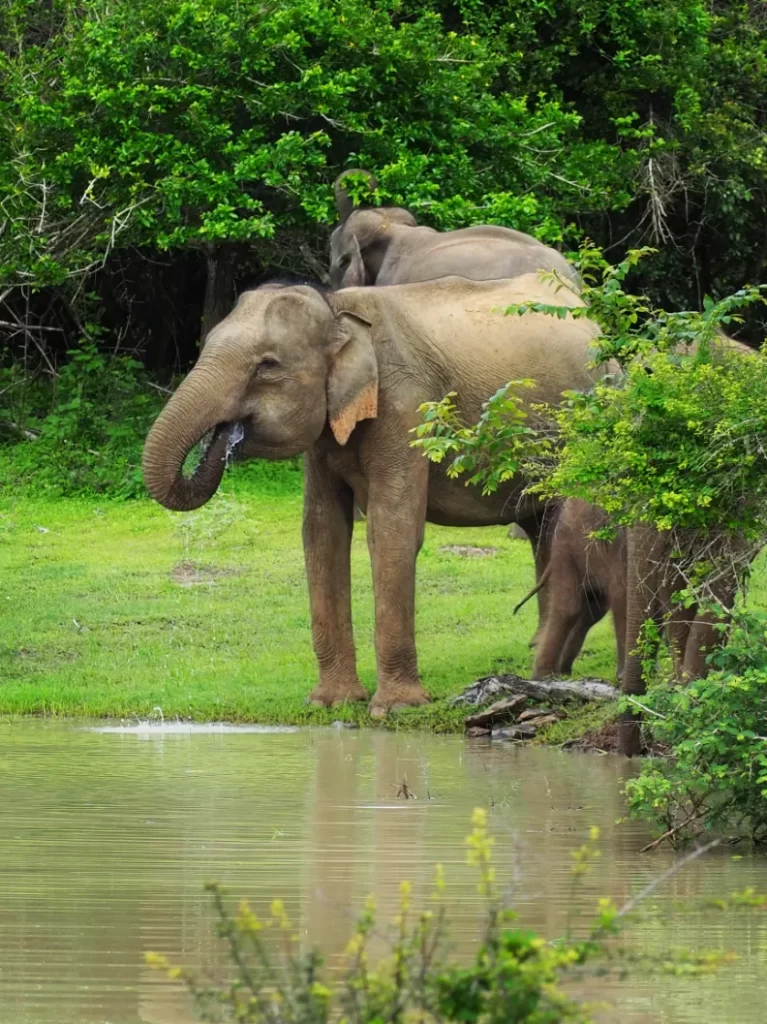
14. Stay Flexible and Adaptive: Wildlife photography requires adaptability and a willingness to adjust your plans on the fly. Be prepared to switch lenses, change camera settings, or reposition yourself quickly to capture unexpected moments or sightings.
15. Respect Environmental Conditions: Be mindful of the weather and lighting conditions when planning your photography outings. Rain showers, misty mornings, or dramatic cloud formations can add mood and atmosphere to your photos, so don’t let inclement weather deter you from venturing out with your camera.
16. Include Human Elements: Incorporating human elements, such as safari vehicles, local guides, or visitors observing wildlife, can add scale and context to your photos. Just ensure that human presence doesn’t overwhelm the natural beauty of the scene.
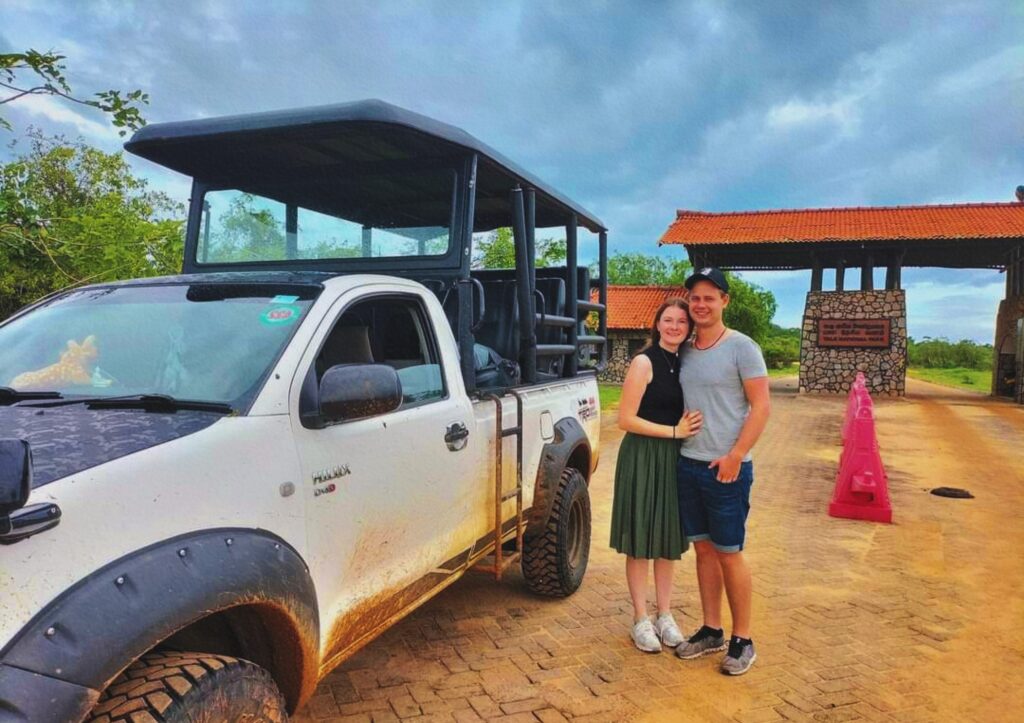
17. Practice, Practice, Practice: Like any skill, wildlife photography takes practice and perseverance to master. Take every opportunity to hone your craft, whether it’s through regular outings to Yala National Park or practicing your techniques in your backyard or local wildlife reserve.
18. Experiment with Black and White: While Yala’s vibrant landscapes and colorful wildlife are undoubtedly captivating, don’t shy away from experimenting with black and white photography. Removing color from the equation can emphasize shape, form, and contrast, creating timeless and evocative images.
19. Experiment with Different Perspectives: Instead of always shooting at eye level, try exploring different perspectives to add variety to your photos. Get low to the ground for a unique angle or experiment with shooting from above to capture interesting patterns and behaviors.
20. Use Natural Elements as Props: Incorporate natural elements such as fallen branches, rocks, or foliage to add depth and interest to your compositions. These elements can serve as props or framing devices, enhancing the visual appeal of your wildlife photos.
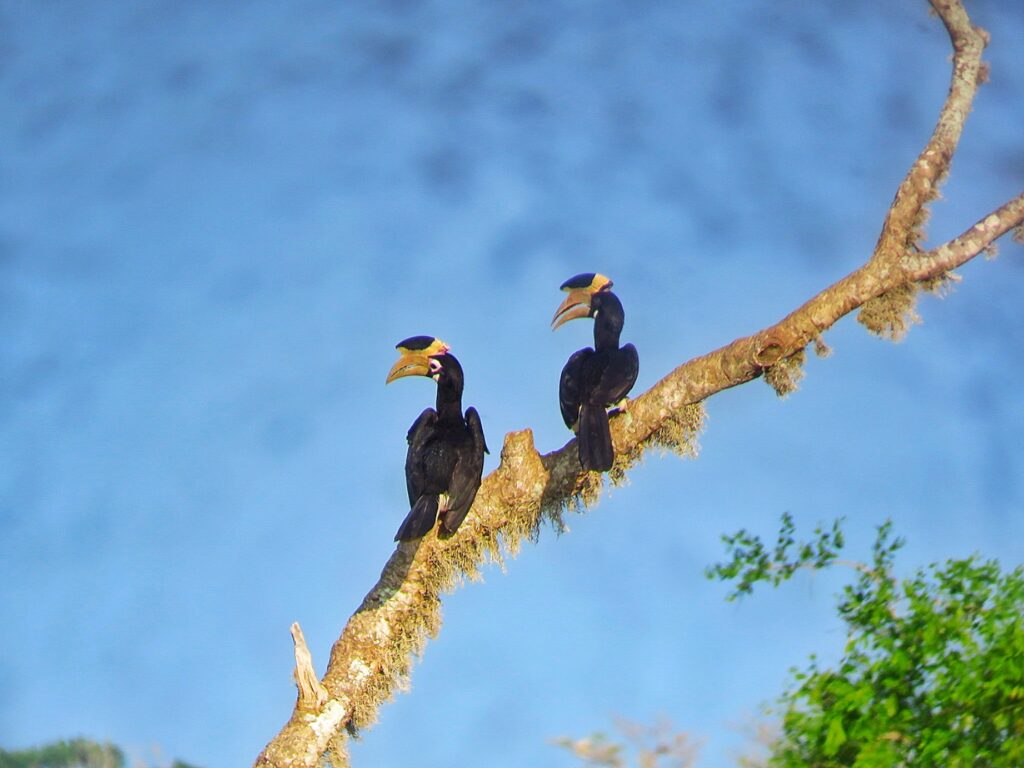
In conclusion, photography in Yala National Park offers endless opportunities for creativity and discovery. By following these tips and embracing the unpredictable nature of wildlife photography, you’ll be well-equipped to capture the magic of this extraordinary destination through your lens. So pack your camera gear, venture into the wild, and unleash your inner photographer amidst the wonders of Yala National Park.


